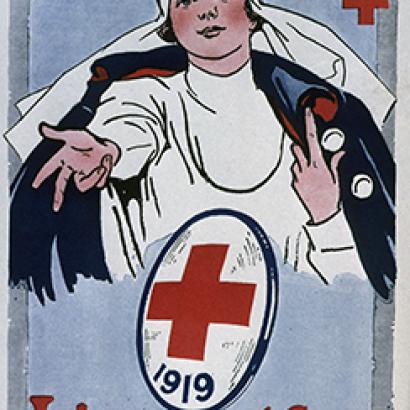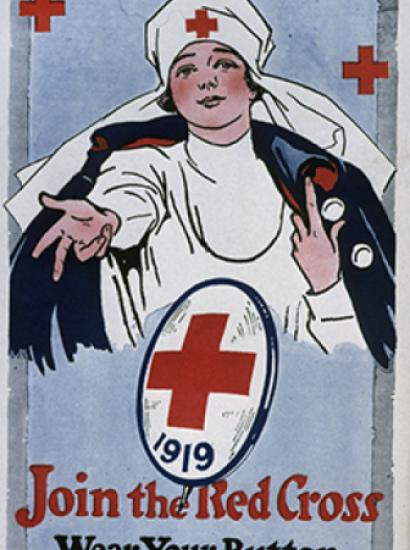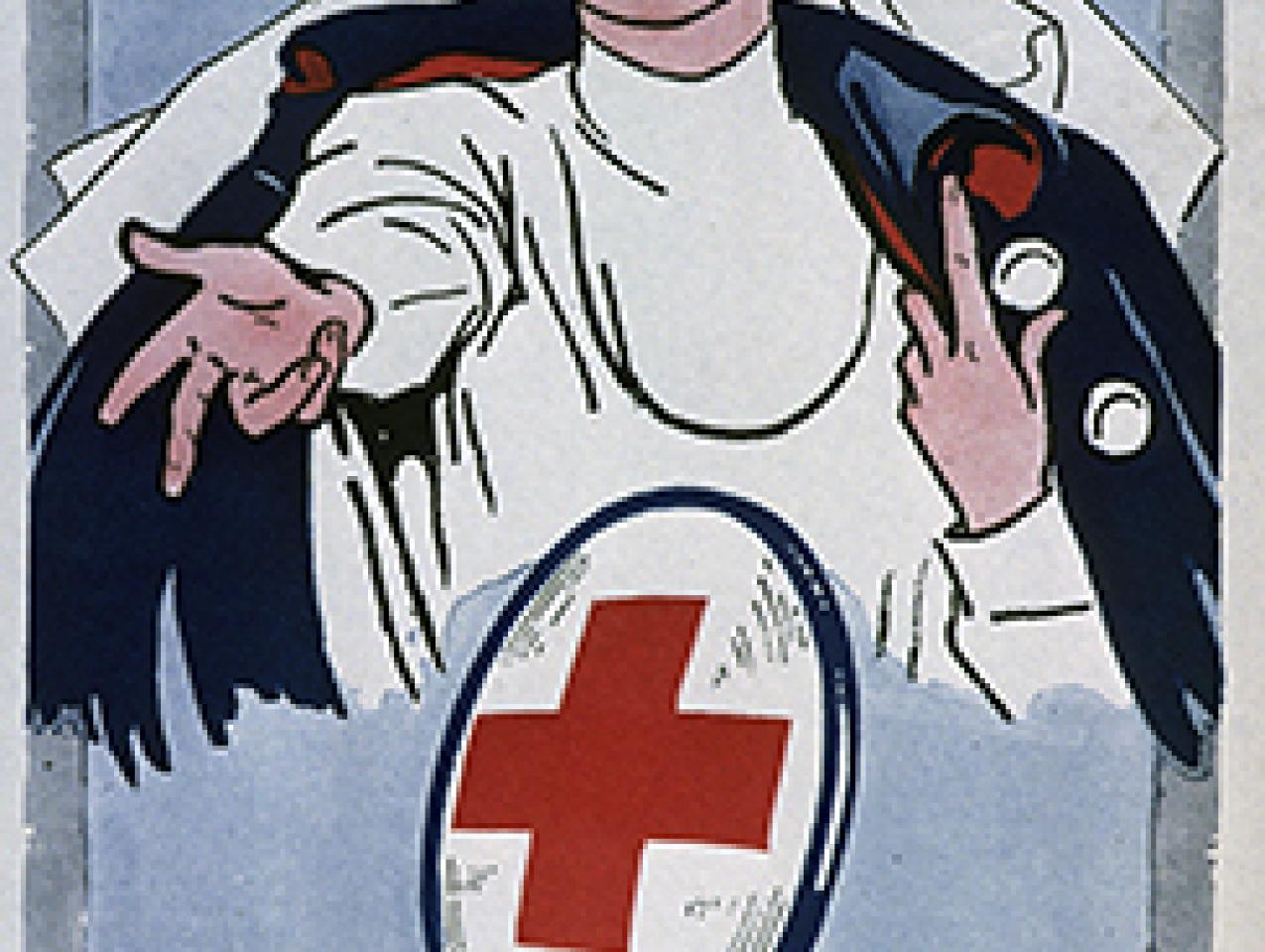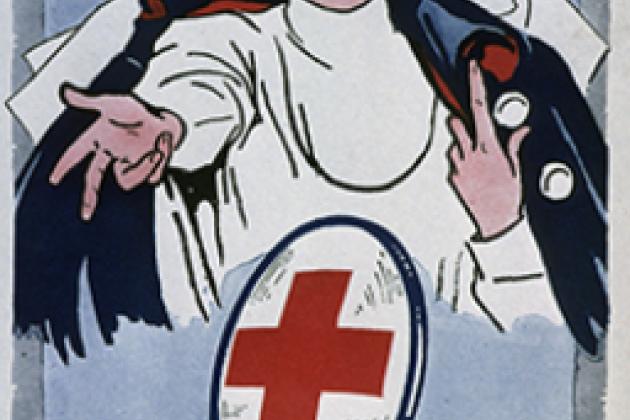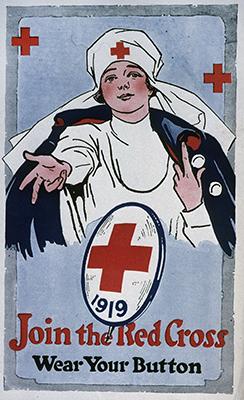- History
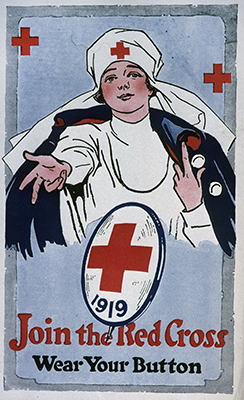
During the past year, the globe has gone through a time that to most of its people, at least in the developed world, has appeared to be an entirely new experience. A plague of considerable virulence has rippled across the world and resulted in the deaths of millions as well as untold damage to national economies. In some respects, the response has been impressive: the astonishing development of workable vaccines in less than a year and the initial and substantial deployment of those vaccines in a little over a year are cases in point. The numbers of those becoming infected and those dying appear to be dropping and we have probably passed the worst months. The death toll is indeed harrowing, but it is in fact relatively low in comparison to those who have been infected.
And therein lies the problem. The coronavirus struck with particular virulence against the old, or those with debilitating health conditions. This reality was apparent relatively early on. It was also clear that large groupings of human beings were dangerous, because a single individual could infect a substantial portion of the group. For the young, with relatively few exceptions, the virus did not appear all that dangerous. Yet, as carriers with few or no symptoms, they proved disastrously dangerous to those who were susceptible to the disease.
The refusal of substantial portions of the population to wear masks, even while attending major political or social events, stands in stark contrast to the behavior of the American people during the pandemic of 1918–19. I have yet to see a picture of that time where some were not wearing masks––despite the fact, or perhaps because of it, that the American people possessed a considerably lower level of education then, they paid attention to what their health professionals urged them to do.
The point here is not to complain over spilled milk. The point is that a future disease that explodes into a pandemic may not limit itself to attacks on only a portion of the population. Previous plagues have proven to be equal opportunity employers. The bubonic plague of the mid-fourteenth century that killed somewhere between one/third and one/half of Europe’s population, and the great smallpox plagues that destroyed the Native American populations in the sixteenth century, killed indiscriminately. The next plague—and there will be a next plague—will not be so discriminating as the coronavirus.
Admittedly modern science may well be able to come up with vaccines to slow and eventually halt future plagues. But there will be a substantial period, as there was from December 2019 through the arrival and distribution of substantial amounts of the vaccine in January 2021, where the only guardian of the nation—and the globe, for that matter—will have will be preventive measures such as masks and social distancing. The behavior of all too many Americans, aided and abetted by some of their politicians, does not provide much hope for the future.







